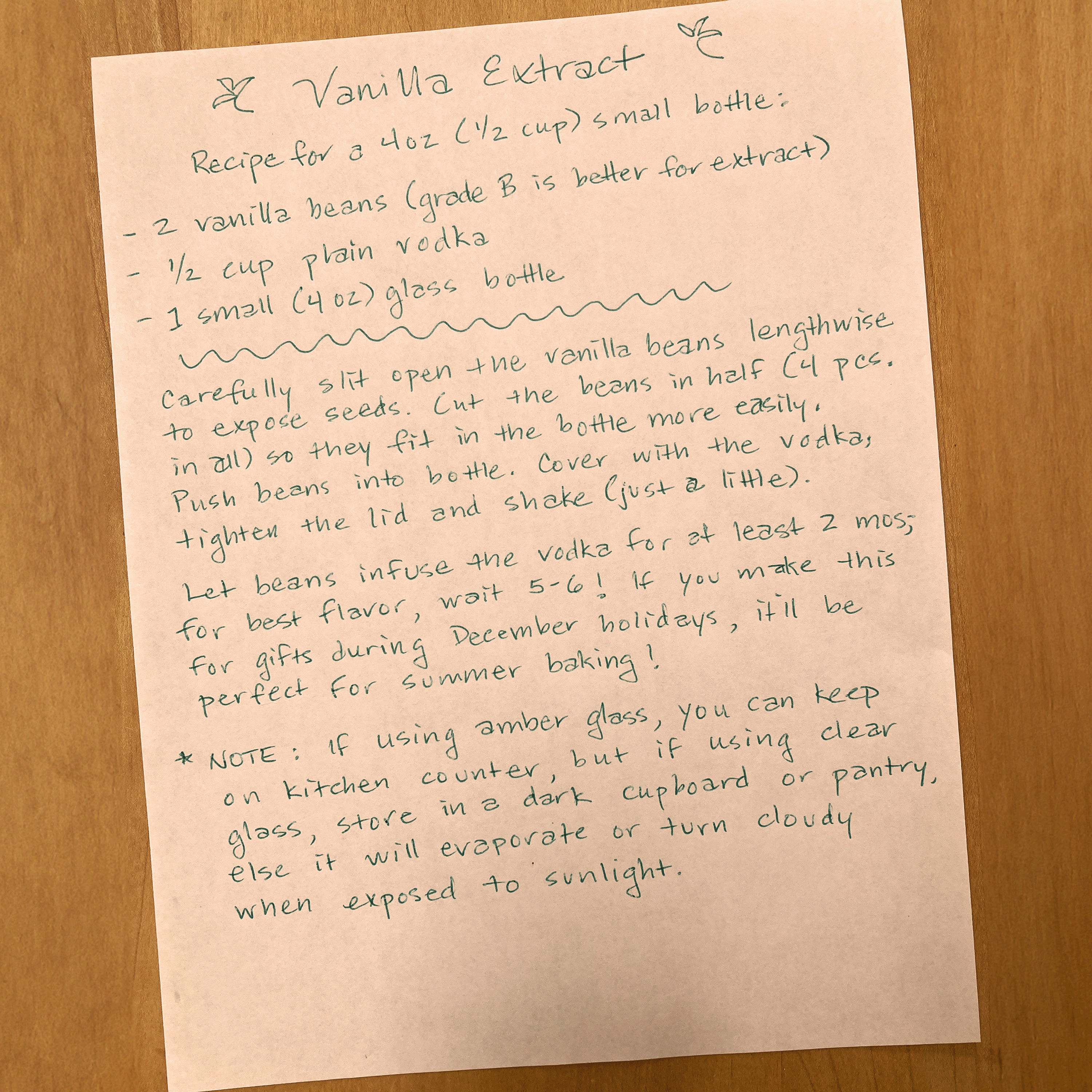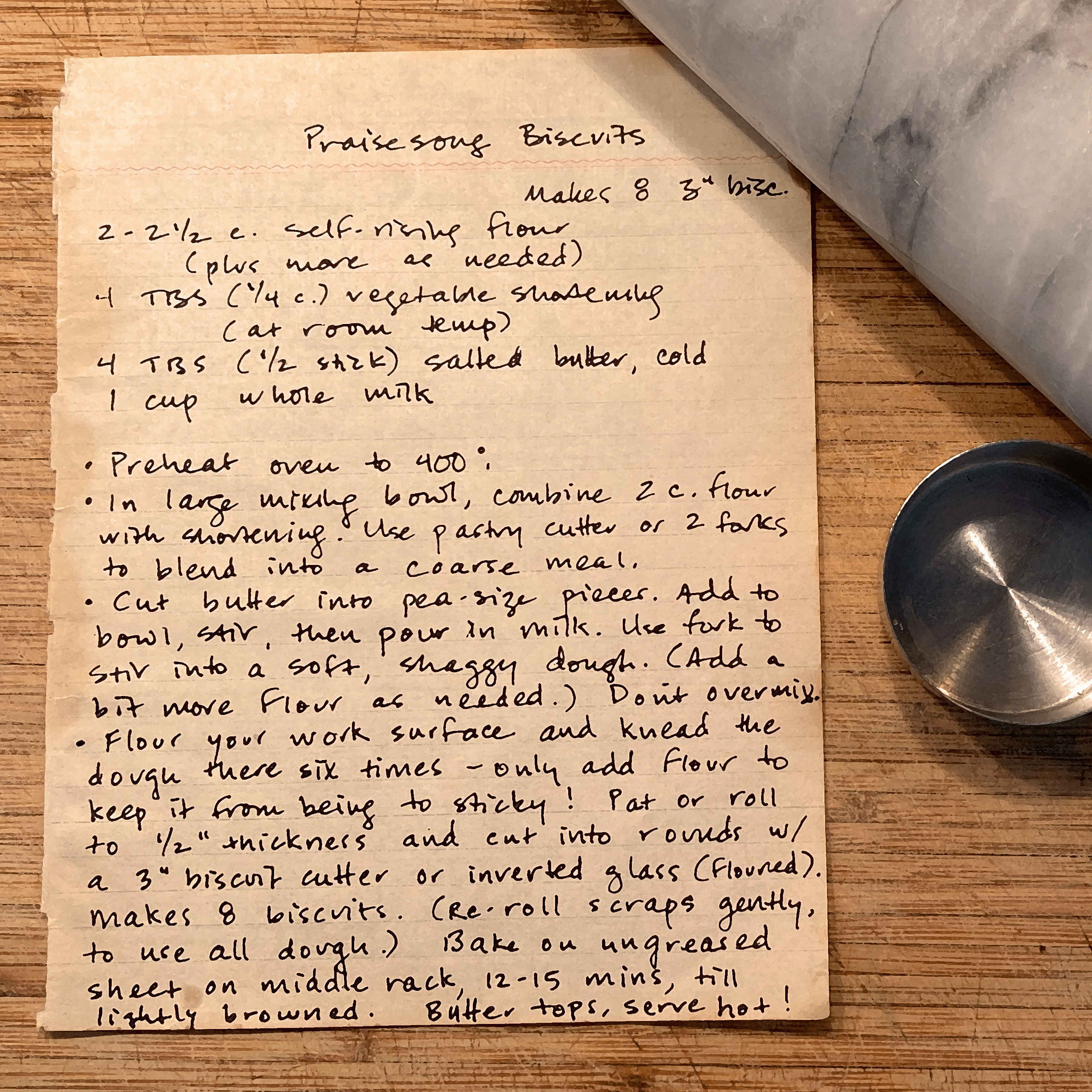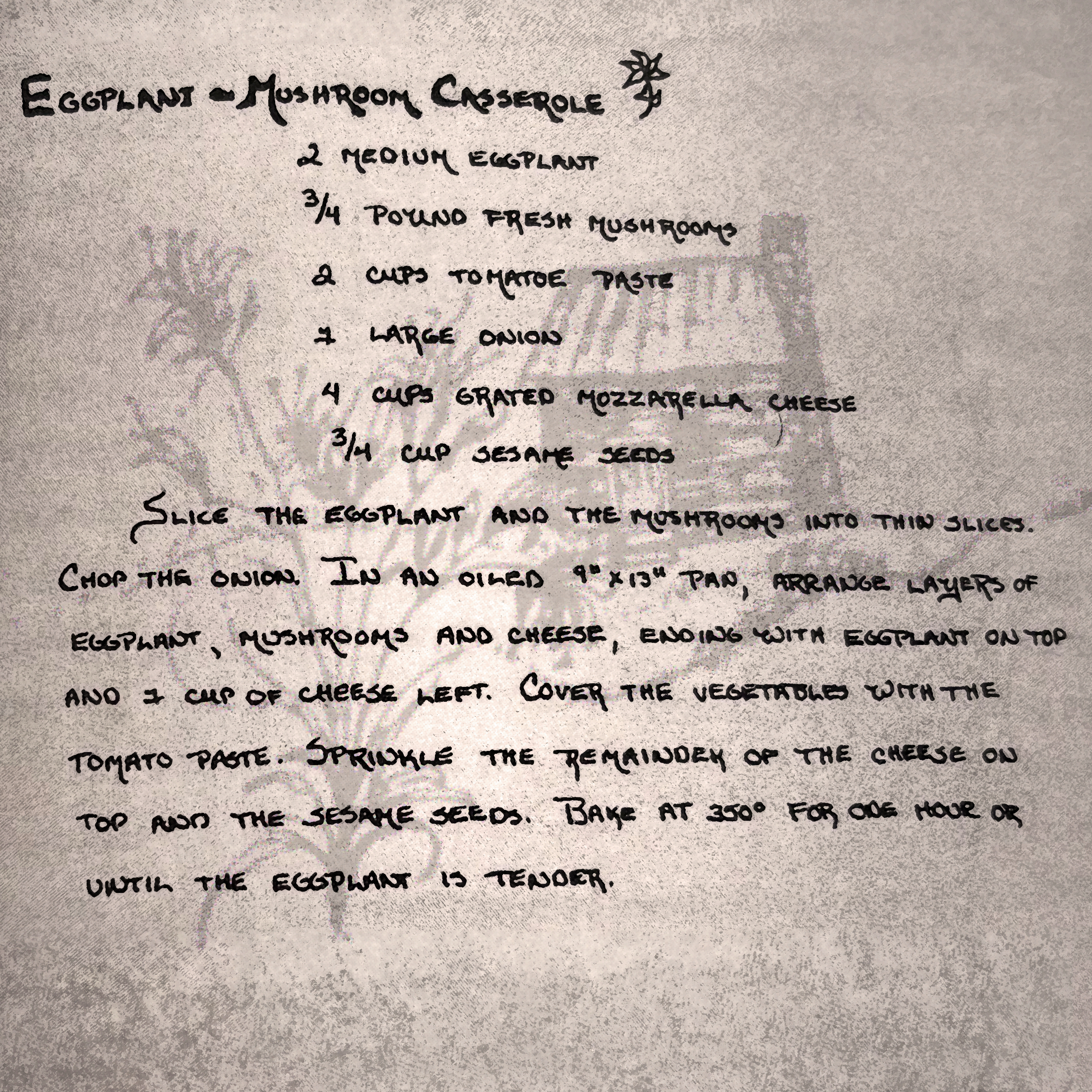At first glance — or taste — you might not think biscuits from Black Appalachia, an eggplant mushroom casserole perfected by vegetarians on a commune in the 1970s, and a simple but fragrant recipe to create homemade vanilla have much in common. But each is steeped in community tradition and personal memory.
Food memories are powerful, taking us instantly back to a wonderful moment, a feeling of grief, or a sharp remembrance of a particular person. They have the ability to stir our emotions and every one of our senses.

“There’s something about smell and food that brings us together because we want to share our memories,” says Aimee Nezhukumatathil, author of “Bite By Bite,” talking to “To The Best Of Our Knowledge.” “Oh, that reminds me of my grandmother. That reminds me of my first kiss. That reminds me of a not great date. Whatever it is, it conjures up memories just when we least expect it.”
Nezhukumatathil, whose parents are Filipino and Indian, grew up eating lumpia, lychee and many mangoes. Now that she has children of her own, she enjoys family rituals like telling what month it is by what berry is in season, and making homemade vanilla extract with her sons for holiday gifts in her home in Mississippi.

In her book “Praisesong for the Kitchen Ghosts,” Crystal Wilkinson shares recipes from Kentucky — from biscuits to blackberry cobbler, in the Appalachian tradition. Wilkinson, grieving for her grandmother, decided to honor her by hanging her grandmother’s dress up in the kitchen as she cooked, a reminder and inspiration.
“I think that recipes, at least in my family, are both oral and aural,” says Wilkinson, a former Kentucky poet laureate. “My grandmother spoke them and I had to listen carefully. So there’s a storytelling element that makes them very poetic. And where we’re from, the accent and the cadence of the voice is melodic. So the way that she told me a recipe is relative to a poem.”

Wilkinson says washing, snapping and cooking green beans just like her ancestors did is like “church” to her. And she is not alone in feeling a sense of spirituality in her food memories.
Christina Ward, a master food preserver and writer in Milwaukee, has researched how food provides community for people in every faith. Her book “Holy Food: How Cults, Communes, and Religious Movements Influenced What We Eat,” gives us a look at the rules and rituals in Christianity, Buddhism, Hinduism and other religious groups and organizations. Hare Krishnas, for example, have long espoused vegetarianism as a belief of non-violence to animals.
“It also becomes a way to identify who’s in your club, who is in the tribe, who are your people?” says Ward. “We all eat the same thing, [or] we all don’t eat the same thing. And that’s why sharing meals, even in church settings, in religious settings, even as fundraisers, these are acts of trust that help build community and religion.”
Praisesong Biscuits from ‘Praisesong for the Kitchen Ghosts‘ by Crystal Wilkinson
Serving notes: Makes eight 3-inch biscuits
Ingredients:
- 2 to 2¼ cups self-rising flour, plus more as needed
- 4 tablespoons (¼ cup) vegetable shortening, at room temperature
- 4 tablespoons (2 stick) cold salted butter, plus more for serving
- 1 cup whole milk
Steps:
- Place a rack in the middle position and preheat the oven to 400°F.
- In a large mixing bowl, combine 2 cups of the flour with the shortening and use a pastry cutter or two forks to blend them into a coarse meal.
- Cut the cold butter into pea-size pieces. Add them to the bowl and stir to coat with the flour, then pour in the milk, using a fork to stir the mixture into a soft, shaggy dough. Add a bit more flour, as needed. Do not overmix.
- Generously flour your work surface and your 3-inch round biscuit cutter (or inverted glass). Transfer the dough there and knead it six times only adding a little more flour, as needed, to keep it from being too sticky and just to keep it workable.
- Gently pat or roll out the dough to a thickness of about ½ inch. Use the biscuit cutter to cut straight down, without twisting, to form a total of 8 biscuits. Gently reroll the scraps to use all the dough.
- Place the biscuit rounds on an ungreased baking sheet, close together but not touching. Brush off any excess flour. Bake on the middle rack until lightly browned on top and bottom, 12 to 15 minutes.
- Butter the biscuit tops and serve hot.
Eggplant Mushroom Casserole from ‘Holy Food‘ by Christina Ward (adapted from ‘Vegetarian Gothic‘ published in 1975)
Serving notes: Vegetarian. Makes 6 to 8 servings.
Ingredients:
- 2 medium eggplants, sliced into thin strips
- 1 large onion, chopped
- ¾ pound fresh mushrooms, sliced thin
- 2 cups tomato paste
- 4 cups grated mozzarella cheese
- ¾ cup sesame seeds
- Vegetable or sunflower oil for greasing baking dish
Steps:
- Preheat oven to 350°F.
- Clean and prepare onion, eggplant, and mushrooms. Set aside.
- Lightly coat baking 9×13 casserole baking dish with oil. Layer the eggplant, mushrooms, onion and 3 cups of the cheese in the baking dish.
- Cover layered dish with tomato paste.
- Sprinkle remaining cup of cheese on top. Sprinkle the sesame seeds on top.
- Place into oven and bake for approximately 60 minutes or until eggplant is tender and cheese is melted and golden.
- Remove from oven and serve.
Vanilla Extract adapted from ‘Bite by Bite‘ by Aimee Nezukumatathil
Serving notes: yields a 4 oz (½ cup) small bottle of vanilla extract
Ingredients:
- 2 vanilla beans (grade b is better for extract)
- ½ cup plain vodka
- 1 small 4 oz glass bottle
Steps:
- Carefully slit open the vanilla beans lengthwise to expose the seeds. Then cut beans in half (4 pieces in all), so they fit in your bottle more easily. Push the beans into the bottle and cover with the vodka, tighten the lid and shake it just a little bit.
- Let the vanilla beans infuse the vodka for at least 2 months; for optimal flavor, wait at least 5-6! If you make this for gifts during the December holidays, it’ll be perfect for summer baking!
*note: if using amber glass, you can keep it on the kitchen counter, but if using clear glass, store it in a dark cupboard or pantry, else it will evaporate and/or turn cloudy when exposed to sunlight.

